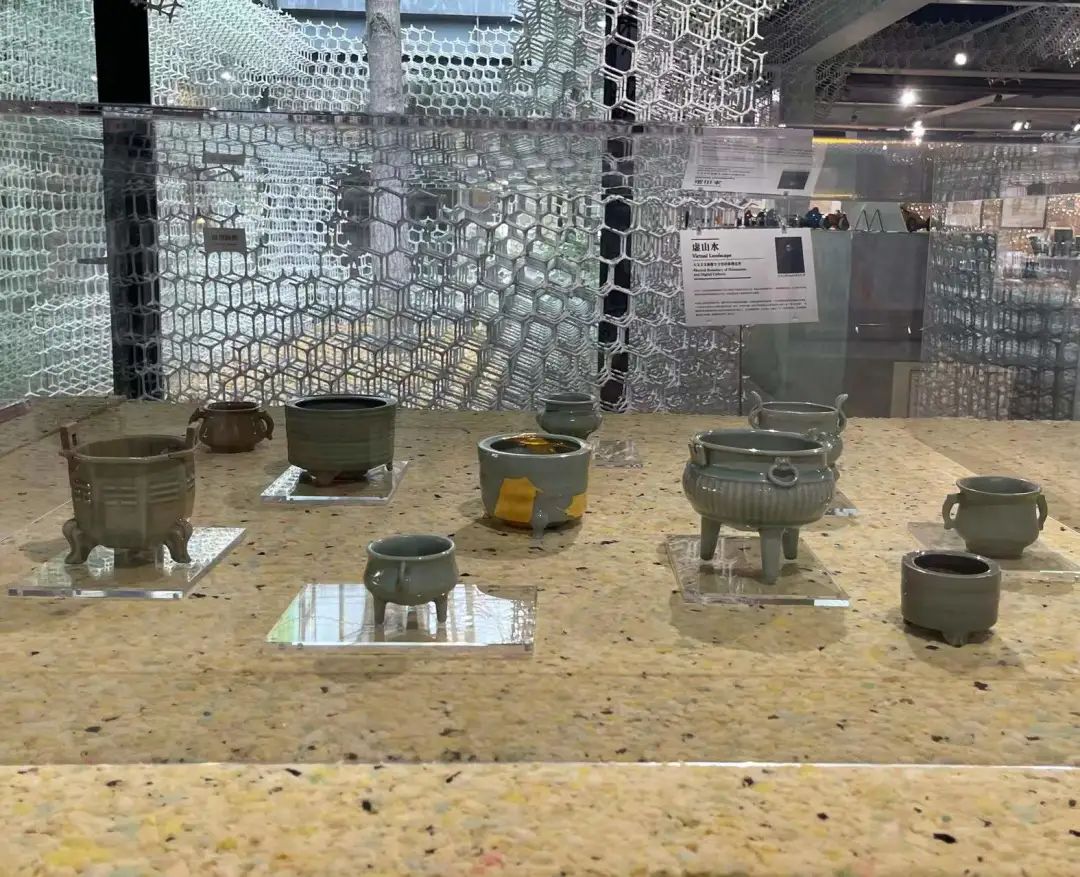The Arts Bridge Space








The Arts Bridge:
Ding-shaped Censers and Insence Over Time
December 12, 2021 to January 12, 2022
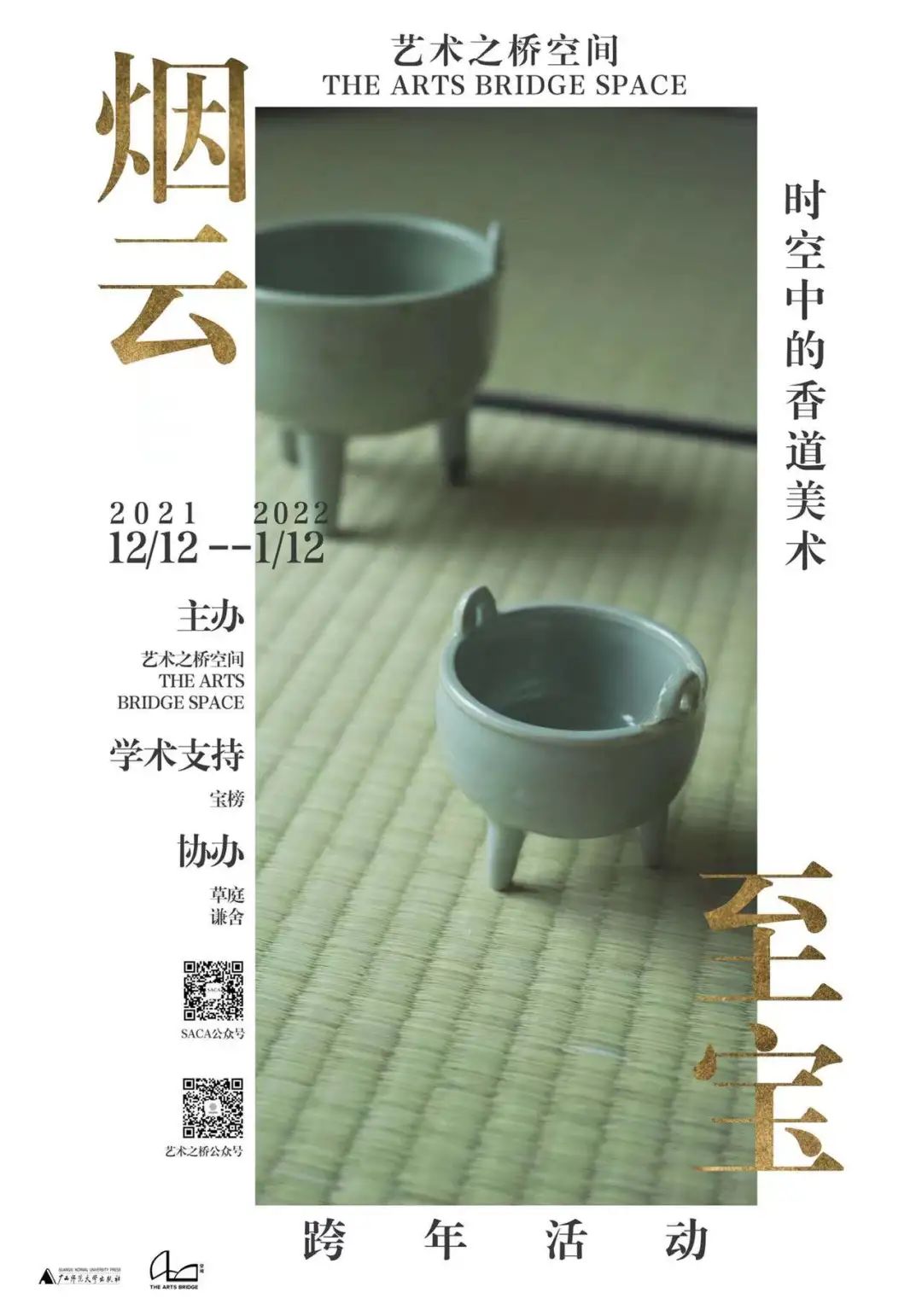
This exhibition showcases Longquan ding vessels that echo the bronze ding vessels from the courts of the Xia, Shang and Zhou dynasties. Rituals and sacrificial offerings were the top priority of the royal family in the Song Dynasty. During the Gaozong period of the Southern Song Dynasty, the emperor built the Yujin Garden and Jiaotanxia specifically for sacrificial activities.
Longquan Celadon Censer
The most prized objects of the literati and collectors since the Song Dynasty
Incense was considered among the most elegant of products in the Song Dynasty. From the different types of Song Dynasty censers, it is clear that people at the time appreciated not only visual beauty but also smell at that time.
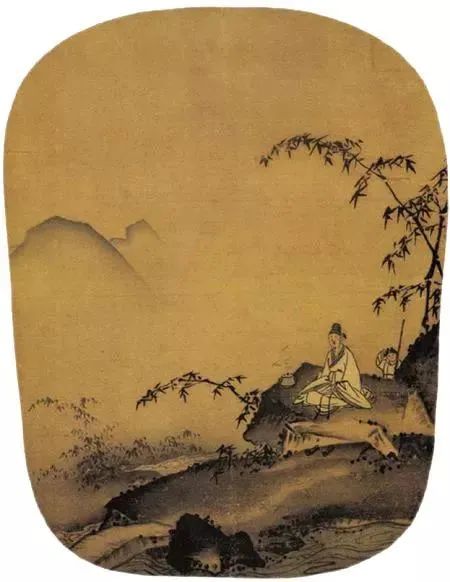
(Burning Incense in a Bamboo Grove, Song Dynasty, Ma Yuan, Taipei Palace Museum)
Ding-shaped Censers
First appearing between the Northern and Souther Song Dynasty, perhaps they revere the two emperors of heaven, or instead the scholars of the previous dynasty.
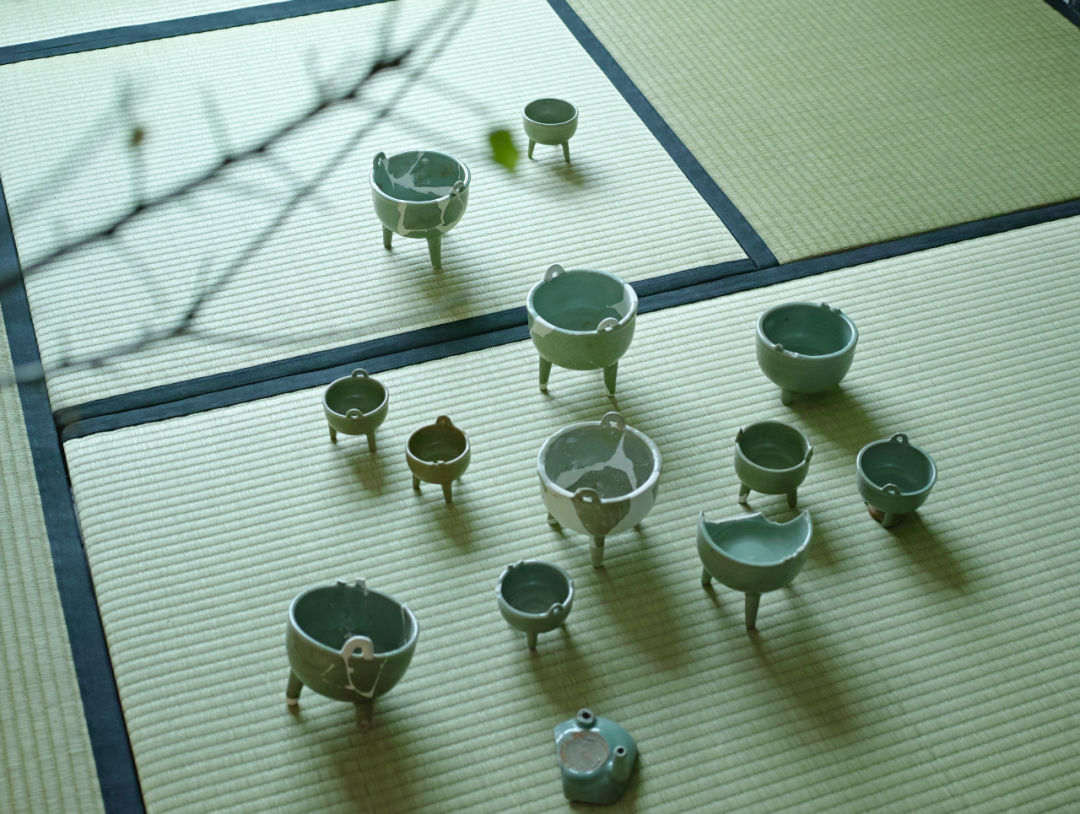
Very few examples exist in collections in China and abroad with one auctioned at Christies in 2017 for HK $500,000.
In recent years, the Karak collection of Longquan wares from the Southern Song Dynasty broke world records selling for over HK $6 million.
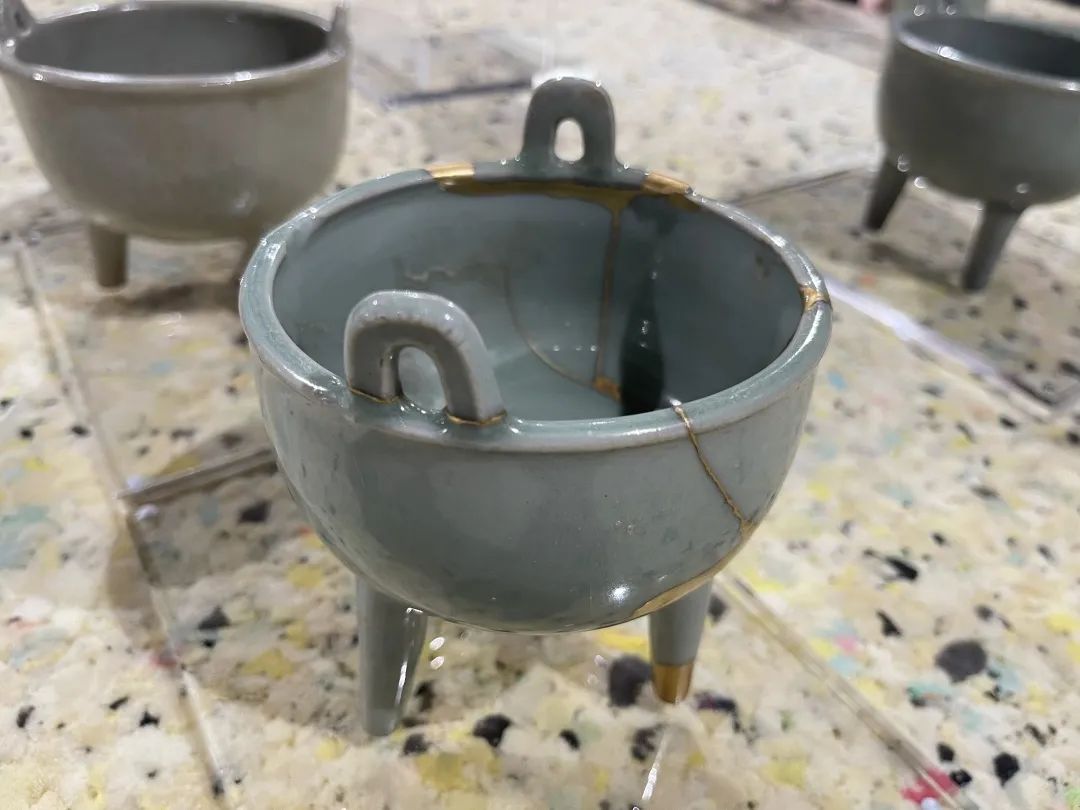
The Production Period of Scallion Censers
From the late Northern Song Dynasty (around the era of Song Huizong) to the early and mid Southern Song Dynasty, many ding-shaped censors were produced in the Longquan kilns.
One use was perhaps for sacrificial rituals among noble (gold, silver and copper were very scarce in the late Northern Song Dynasty and especially so in the early Southern Song Dynasty).
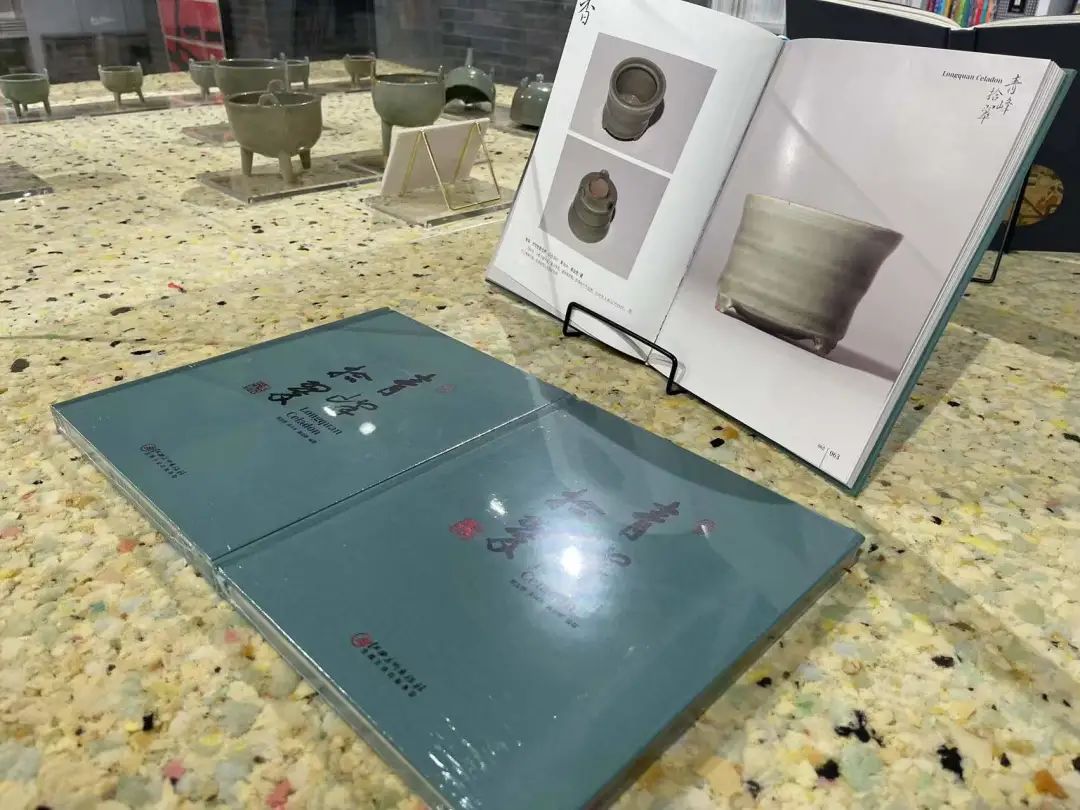
Ding-shaped censers made in Longquan were also highly exquisite and could can meet the needs of a quality and quantity. Royal Sacrifices required nine ding vessels and eight gui vessels, while aristocrats required eight and seven respectively, meaning there was a high demand.
It appears this kind of ware was not in production for a long time as even though the demand was high, very few examples have been discovered and in comparison to other Longquan wares, ding-shaped censers remain relatively rare.
